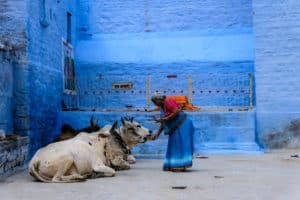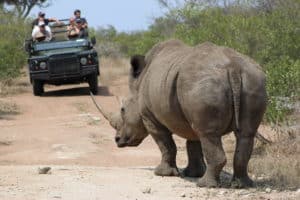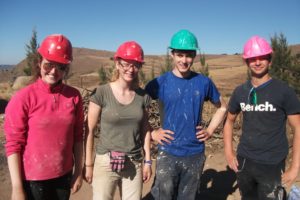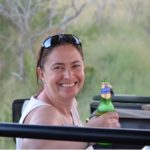Tracking giraffes and collecting their poo is a unique experience. We had four days working in the Mbuluzi Game Reserve in Eswatini, and our project was to track giraffe and collect their poo. And then send it to the United States. Posting poo, of any form, was a first for me!
Why collect giraffe poo?
There was a reason for this. We were helping to determine the genetic makeup of each giraffe in Mbuluzi to help the manager, Tal, to decide giraffe distribution. Which giraffes to keep and which to transfer onto a different part of the reserve, or even move out completely. It would help prevent inbreeding and increase the genetic viability of the current population.
Tracking giraffes
So off we set to find our giraffes. You would have thought finding a giraffe would be relatively easy. But it is deceptively hard, these tall animals seem to blend into the bush with ease. Many a time we drove around the reserve for hours not seeing a single giraffe. And I knew there were over 20 of them in the one small section we were surveying! We were on a tight schedule and only had four days to track and collect poo from as many giraffe as possible.
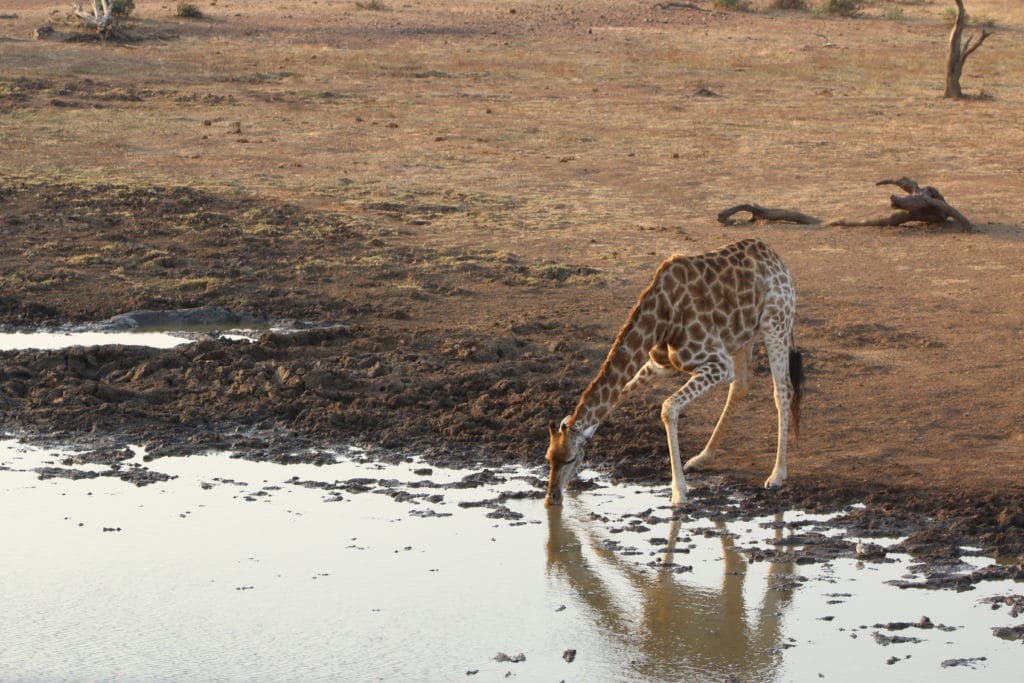
On finding a group or ‘tower’ of giraffes there was a mass of activity; someone identified the giraffe by unique features such as scars, skin patterns or injuries (to check that we had not seen this one already), another taking detailed notes if it was a new giraffe, another taking relevant photos in relation to the notes and someone else on poo watch. We had to be 100% certain that we collected poo from a correctly identified giraffe. It had to be poo from that specific giraffe, any old poo was not acceptable!
Collecting poo
Then we waited for our subject to poo. The issues were that you can’t get a giraffe to poo on demand. It could be a while for the next poo so we had to follow the giraffe into the bush until it did its ablutions. Many a time we waited expectantly clutching a brown envelope and a pair of surgical gloves to come away with nothing. A bit of a comedy moment really! Sometimes we followed giraffe for an hour through dense bush and only had scratches and torn clothes as evidence of our hard work!
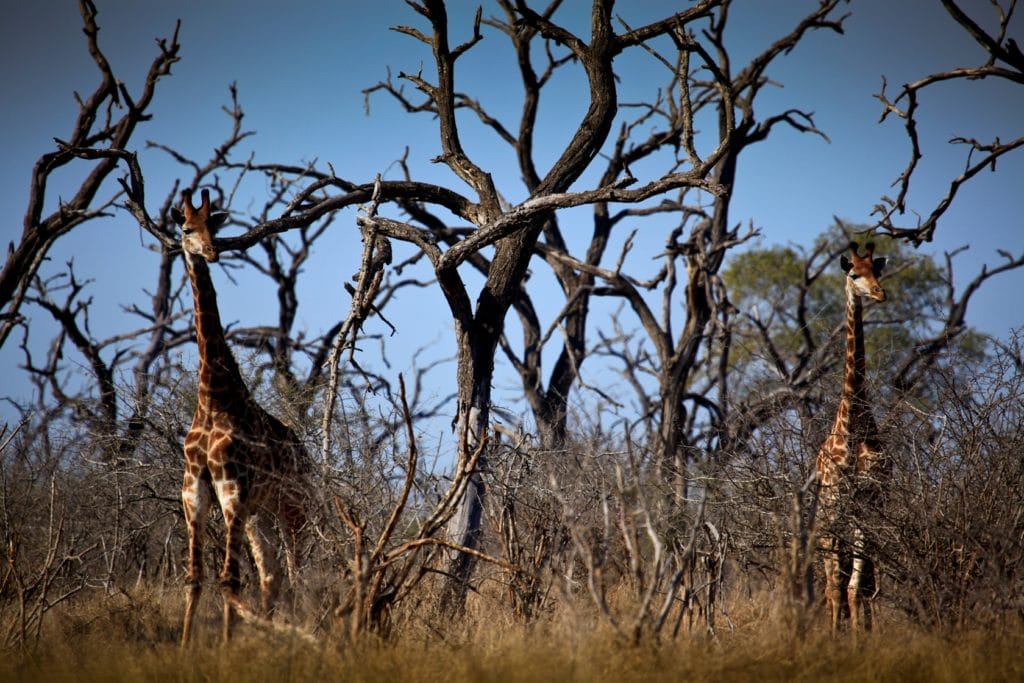
But the joy of when the giraffe pooed was incredible! Our poo spotter kept the position in sight and directed the poo collector to the correct location. Finding the poo was also a challenge as the pellets often fell into dense grass, reaching waist height, and it was particularly hard rummaging through the undergrowth trying to find it. On actually finding the pellets the poo collector confirmed that it was the right poo by the freshness and warmth.
I have to say that there is something rewarding about having envelopes stuffed with poo at the end of the working day. Over the four days we managed to track and identify 21 giraffes and collect poo from 11 of them. Not a mean feat considering that the Florida students who were analysing the poo only managed to deal with 10 giraffe in two weeks.
And on the last day we also managed to eventually get poo from giraffe no. 1 (who was named Taylor Swift). We saw her regularly but she was proving to be a bit elusive with her bowel movements. An insight only discoverable from the fun we had tracking giraffes.
Job done!
